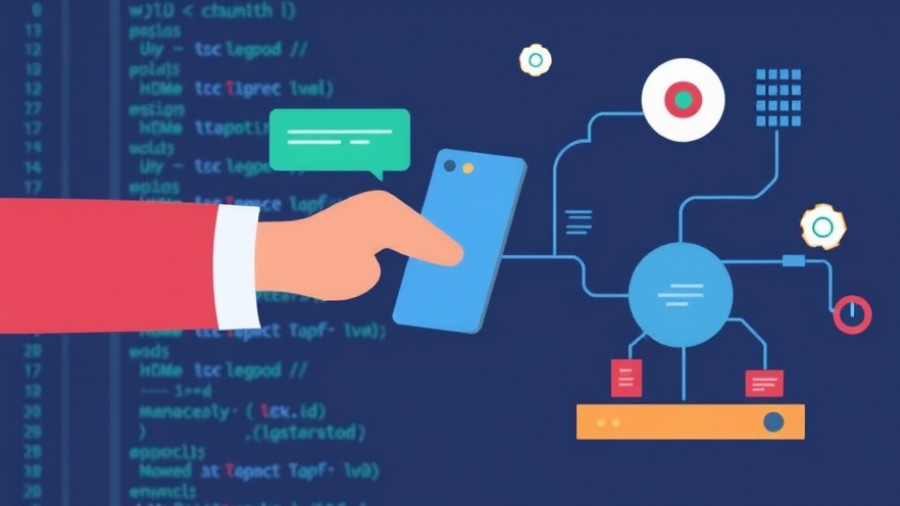
Understanding the 8 Key Functions of Marketing
Marketing plays an integral role in any business's success by connecting products or services to potential customers. A comprehensive grasp of marketing functions can significantly enhance a business's efficiency and effectiveness in reaching its target audience. Here’s an exploration of the eight crucial functions of marketing, providing you with insights to implement in your strategy.
1. Market Research: The Foundation of Marketing Strategy
Market research allows businesses to understand their audience's needs and preferences. This initial step involves collecting data through surveys, focus groups, and other methods. By analyzing this data, companies can tailor their products or services to meet consumer demand, ensuring they resonate with their target market.
2. Product Development: Building What the Customer Wants
Creating a product that meets market needs is pivotal. Effective product development combines creativity and data-driven insights from market research. It's about understanding your audience's pain points and developing solutions that address them. This can also involve refining existing products to enhance their appeal or effectiveness.
3. Branding: Establishing a Strong Identity
Your brand is more than just a logo; it represents your company’s values, mission, and the promise to your customers. A solid branding strategy creates a strong emotional connection with your consumers, which can foster customer loyalty. Engage your audience through compelling storytelling that reflects your brand’s essence.
4. Advertising: Getting the Word Out
Advertising encompasses all promotional activities to inform potential customers about your products or services. This includes traditional media, social media marketing, PPC advertising, and content marketing strategies. Marketers should focus on where their audience spends time and tailor ads to fit these platforms.
5. Sales Promotion: Driving Immediate Action
Sales promotions are time-sensitive tactics designed to increase sales quickly. This could involve discounts, coupons, or special offers that motivate consumers to make a purchase. Highlighting the perceived value in promotions can significantly elevate interest and engagement levels.
6. Distribution: Making Products Accessible
The distribution function ensures that products are available to consumers where and when they want them. This involves strategic decisions about supply chain management and logistics. Understanding different channels, whether online or offline, can optimize product availability.
7. Customer Relationship Management (CRM): Building Lasting Connections
CRM focuses on maintaining and improving relationships with current and potential customers. Effective communication and personalized interactions can lead to increased customer retention and satisfaction. Utilizing data analytics can enhance these interactions, allowing for more targeted marketing efforts.
8. Marketing Analytics: Measuring Success
Using marketing analytics helps businesses measure the effectiveness of their marketing strategies. This involves analyzing data from various channels—social media, email marketing, and website traffic—to derive insights that inform future marketing decisions. Understanding metrics like conversion rate optimization and marketing ROI is crucial for continuous improvement.
Future Trends in Marketing
As businesses evolve, so do marketing strategies. The integration of AI and machine learning will guide personalized marketing efforts, enhancing customer experiences. Keeping abreast of digital marketing trends, like voice search optimization and augmented reality, will prove essential for staying competitive.
Practical Tips for Implementing Marketing Functions
- Be customer-centric: Always prioritize your customers’ needs and preferences.
- Leverage technology: Use marketing automation tools to streamline processes.
- Continuous learning: Stay updated with the latest digital marketing tools and trends.
Understanding these functions of marketing can empower professionals, business owners, and marketers to strategize effectively and achieve their goals. By optimizing each function, you can enhance customer engagement, drive sales, and ultimately grow your business.
 Add Row
Add Row  Add
Add 




Write A Comment